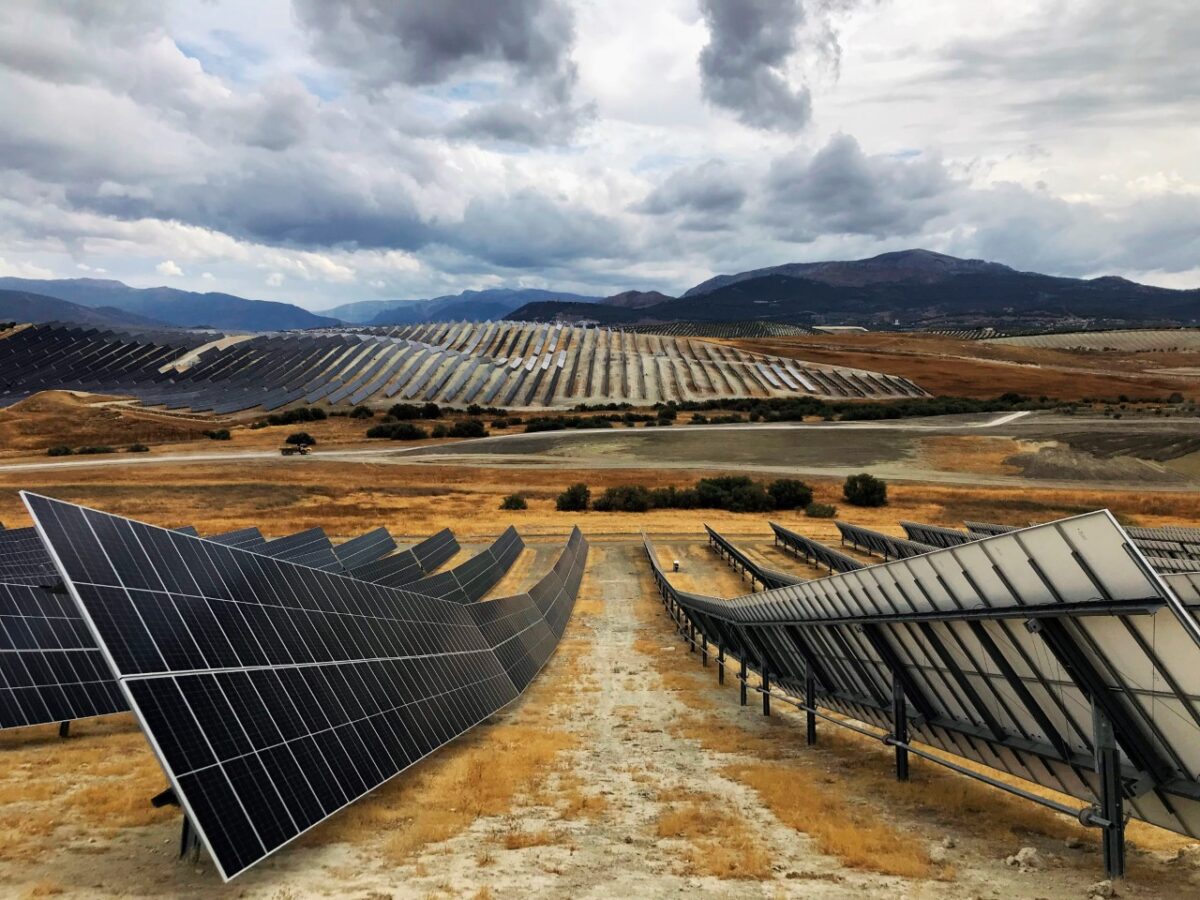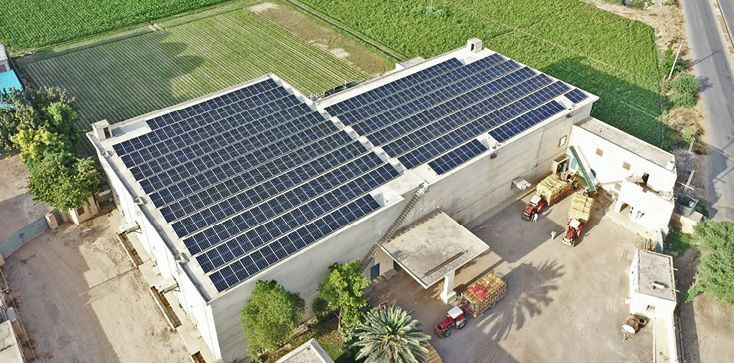Researchers at the University of Ottawa in Canada have defined a series of formulae for ground coverage ratios (GCRs) in utility scale solar power plants.
In the study “Optimal ground coverage ratios for tracked, fixed-tilt, and vertical photovoltaic systems for latitudes up to 75°N,” published in Solar Energy, the scientists said the new guidelines are applicable to projects based on both monofacial and bifacial modules that are located at latitudes between 17°N and 75°N.
They selected, in particular, 31 locations in Mexico, the United States, and Canada.
“Where possible, the locations represent multiple diffuse fractions within a given latitude range, with diffuse fraction defined as the annually-averaged ratio of diffuse horizontal irradiance (DHI) to global horizontal irradiance (GHI),” they specified. “The analysis we have presented has been conducted for North American locations, but covers a wide range of operating conditions, including diffuse fractions between 0.23 and 0.55, average GHI-weighted ambient temperatures of −4 C to 31 C, average GHI-weighted albedos between 0.10 and 0.65, and city elevations between 1 and 1600 m.”
The Canadian group used PV performance prediction software Duet, an open-access cloud-based solar project designing tool developed by the University of Ottawa itself, to create 3D models including mounting structures and multiple rows.
“Optical calculations are then completed considering direct beam radiation, anisotropic diffuse sky radiation, and ground-reflected radiation by segmenting the modules, ground, and diffuse sky-dome into patches,” the researchers explained. “A shading algorithm is implemented using a deterministic ray intersection method to capture the effect of objects in the 3D scene.”
The academics said that Duet software is able to translate the irradiance profiles into per-timestep cell I–V curves through a temperature and irradiance-dependent single-diode model, noting that they calculated the effect of ground coverage ratios between 0 and 1 on both monofacial and bifacial fixed-tilt and horizontal single-axis tracked (HSAT) systems.
The research group found that GCR may vary consistently between 0.15–0.68 for fixed-tilt systems and less significantly between 0.17–0.32 for HSAT systems, and said for both cases values depend strongly on latitude. “Similarly, the optimal tilt of fixed-tilt arrays varies widely from 7° above latitude-tilt to 60° below latitude-tilt, depending on the latitude and GCR,” it highlighted, adding that vertical systems are less sensitive to latitude.
The scientists also found that bifacial PV systems require GCRs up to 0.03 lower than monofacial GCRs. “Since latitude was the dominating factor affecting inter-row energy yield loss, our results should provide an estimate of the performance of equivalent PV arrays across the globe,” they concluded.
This content is protected by copyright and may not be reused. If you want to cooperate with us and would like to reuse some of our content, please contact: editors@pv-magazine.com.




1 comment
By submitting this form you agree to pv magazine using your data for the purposes of publishing your comment.
Your personal data will only be disclosed or otherwise transmitted to third parties for the purposes of spam filtering or if this is necessary for technical maintenance of the website. Any other transfer to third parties will not take place unless this is justified on the basis of applicable data protection regulations or if pv magazine is legally obliged to do so.
You may revoke this consent at any time with effect for the future, in which case your personal data will be deleted immediately. Otherwise, your data will be deleted if pv magazine has processed your request or the purpose of data storage is fulfilled.
Further information on data privacy can be found in our Data Protection Policy.